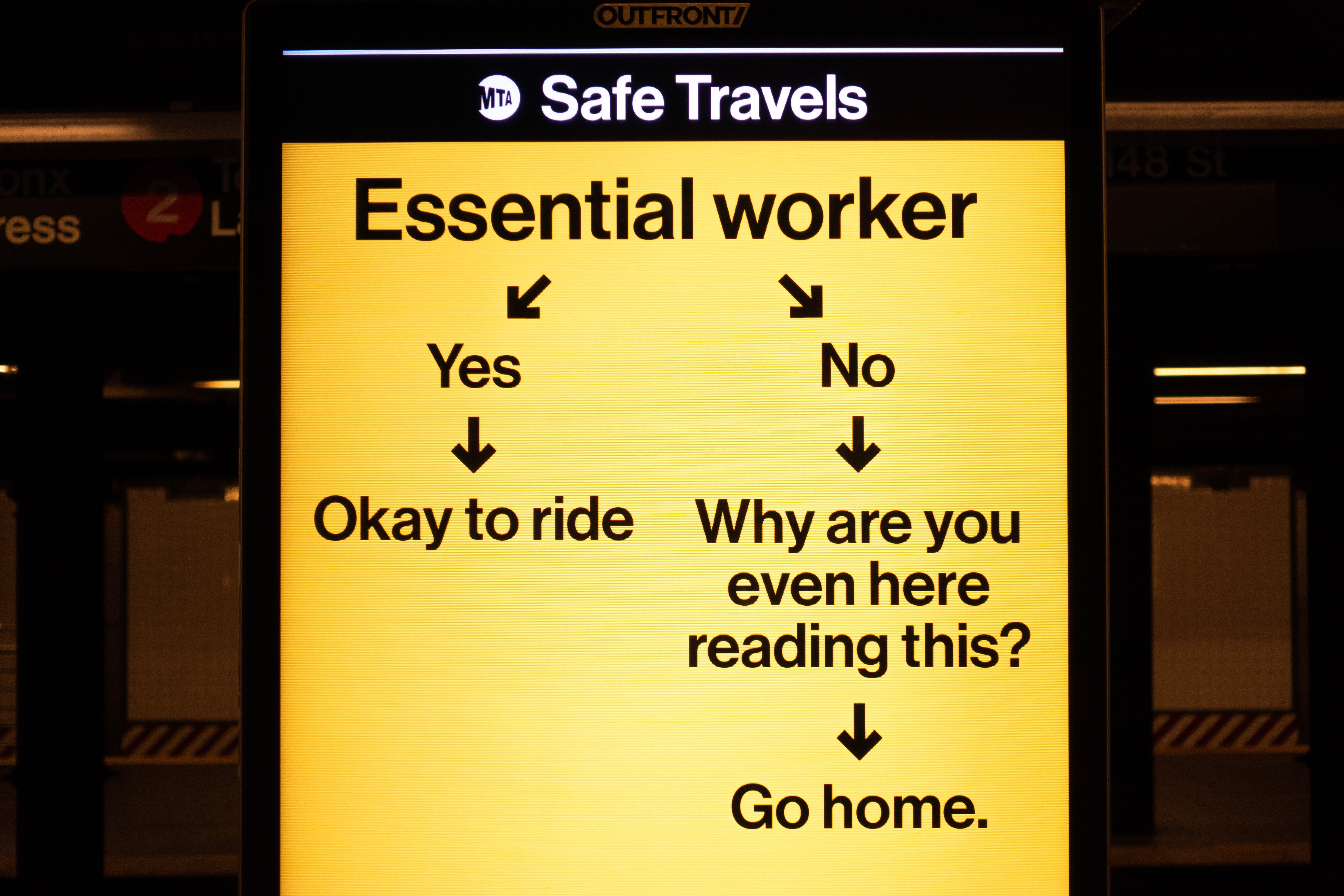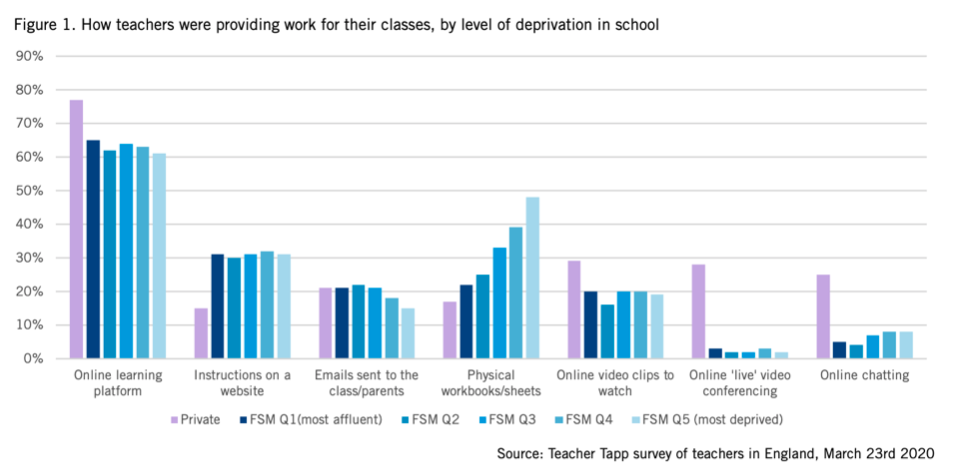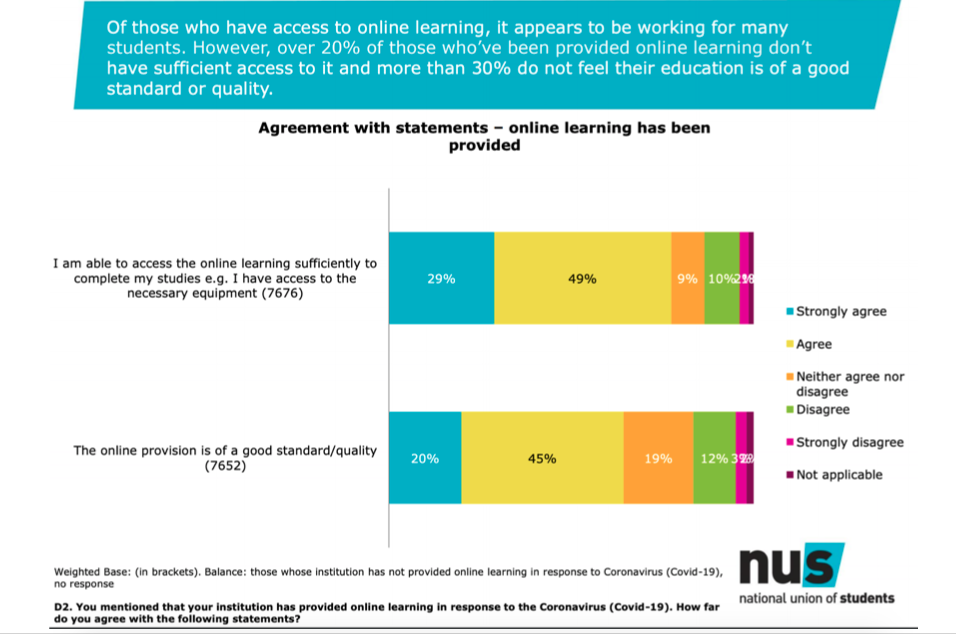Pandemic truths 3: How Covid-19 shone a spotlight on the warped values of our current way of life
Posted on 30 Jun 2020 Categories: Blog, Coronavirus
by Andrew Webster
‘The truth is that everyone is bored, and devotes himself to cultivating habits.’
Albert Camus, The Plague
This is the third in a series of articles in which Andrew Webster reflects on ‘12 tough truths’ that have always been known, but which have been thrown into sharp relief by the pandemic. This article considers work and learning. Click here and here to read the first two articles in the series.
Truth 5: People’s need for human contact is too often served by work
Of all the changes wrought by the response to COVID-19, the changes to work have perhaps had the most profound impact. Here I will look at just three: there is a lot less work; people’s purpose has been reshaped as work has changed; and the social process of working has itself been atomised.
600,000 jobs have ceased to exist since the lockdown in March 2020. Major employers, including non-essential retailers, banks, manufacturers, and hospitality, rail and air travel companies, have all announced workforce reductions. In contrast, food retailers, delivery businesses, healthcare and technology firms have been increasing their workforce. Many people no longer travel to work, as it has been relocated to home, and so do not support businesses on the way, for example by buying a coffee. Those who still have jobs are often not actually working: the furlough scheme has enabled employers to keep people on, with government subsidy, on the assumption that demand for goods and services, and therefore for people to provide them, will recover quickly.

Even with income support the balance sheet of not working feels negative. There are fears about future income; there is the stress of having nothing to go out for; there is the loss of spending power. Economic mobility, even if not so completely restricted as by the pandemic, will continue to be constrained by uncertainties about work opportunities, housing costs and future prospects. For younger workers the future is on hold as well as the present.
While everyone of working age needs to work to get an income, for many people work is more than that. Purpose, meaning, even vocation, drive many people, and the work they do provides an intrinsic satisfaction. But this sense of purpose needs social reinforcement through experiencing the impact of work well done – the joy of children who learn, the pleasure of cooking a meal, the satisfaction of a well-designed machine, the artistry of an elegant software solution, the fun of agreeing a deal. In a world where work and home are for many the same place, and where work involving human interaction is too risky, this feedback and validation is lost.
Add to this the confusion of roles for those who are also parents or carers. Multi-tasking at work is not the same as being a worker, parent, teacher and housekeeper all at once, and interchangeably. For the last 200 years industrialisation and specialisation have forcibly segregated home, learning and work in order to organise the factory floor or school classroom to maximise productivity, while minimising living space requirements. Suddenly we are expected to return to pre-industrial life, just with less suitable space and without the coffee houses.
At the start of lockdown downloading a video conferencing app to replace the daily journey to work seemed like a good deal – why hadn’t we all done it before? Now we know: because the app works well as an accessory to work, not as a sole platform for social interaction. While we don’t miss crowded buses, late trains, traffic jams and jostling pavements, we do miss company, socialising, chatting. For too many of us, the only way we could fit these things into our too busy lives was by combining them with work by meeting people en route, chatting in the coffee shop, stopping work for activities at lunchtime. The cancelling of other events where people come together – sports, entertainment, theatre, festivals – has exacerbated the loss and served to highlight that everyday human contact has become largely organised by employers and squeezed into small amounts of time. Now that contact has been atomised into thumbnails on a laptop – stripped of nuance and subtlety to maximise bandwidth for everyone – the nuances and subtleties that enable warm interaction disappear too.
Economists and social scientists who have been trying to predict the impact of artificial intelligence and home working on society have had an unexpected trial run, and the task of reshaping work while maintaining humanity is a truly tough one.
Truth 6: Lots of educational content can be digitised but learning cannot
COVID-19 has stopped nearly all face-to-face teaching and learning in the UK. Perhaps the true purpose of schools was revealed by keeping a few open so that key workers could go to work, rather than for the pupils who would most suffer from missing school. Research by the Sutton Trust found that in all areas 60 per cent of schools had a digital platform for online teaching and communication, with a significantly higher proportion in private schools.
They also found that middle-class pupils spent longer doing schoolwork and that their parents bought additional material and tools. Overall, teachers reported that the quality of work submitted went down.
However, learning is more than receiving content and completing assignments; it involves exploration, discussion, skills acquisition, practice and reflection. The Sutton Trust research shows that even pupils attending expensive private schools will benefit from these only if their parents and siblings provide them. No pupils are learning the skills, vital for life, provided by the journey to school, by organised sport and culture, or in the playground. When teachers were asked what would benefit their more deprived pupils, some mentioned computers, internet or data from telephone companies but far more mentioned food and space to study. Of course, schools also host vital support for vulnerable children – breakfast clubs, after-school clubs, welfare advice, counselling and carer support.
In another place I would argue that schools represent a 20th century solution to a 19th century problem, ill fitted for the 21st century. Right now, though, they are much better than homes because they have staff who are highly skilled at motivating and supporting children to enjoy learning as a community.
Higher and further education has also gone online – creating confusion and anxiety for students as to how they will be taught, undertake practical and vocational study, be graded, and get work on graduation. The NUS survey of student experience shows that students feel well informed about COVID-19 and that two thirds believe their institution has responded well. However, half of students have left their student accommodation to live with family or friends, and over 80 per cent face financial hardship through loss of work while still facing tuition fees and rents. As with schools, the true value added by a university is the experience of participating in the institution, its community and environs. If you can get a UK-accredited degree online, why pay £50,000 to come from China to do one?
Belatedly some new ideas are emerging. Individual face-to-face reviews for students with their teachers, outdoor schools, educational online games, summer camps, free school meals at home. All of these could improve learning, but only if teachers are freed to made them work.
In the next articles I will look at the tough truths about food, space and mobility, and finally at rights, responsibilities and leadership.
Andrew Webster is a Trustee of Centris and an advisor to health and care systems and businesses, having worked in the NHS, Local Government and Central Government for 35 years.
Want to keep up-to-date with our coronavirus coverage? Sign up to our newsletter.
Posted on 30 Jun 2020 Categories: Blog, Coronavirus


